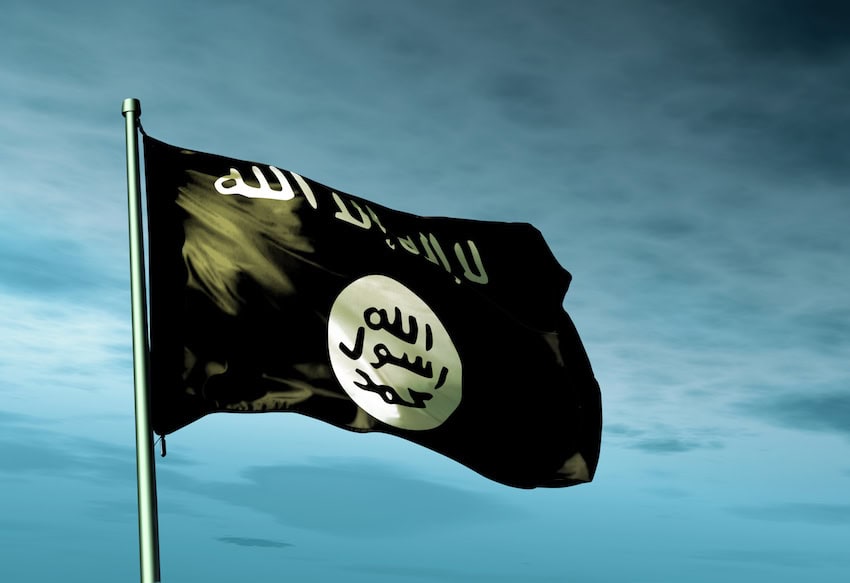
Islamic State confirms death of yet another leader, appoints new ‘caliph’
Another caliph is dead. A new one, Abu Hafs al-Hashimi al-Quraishi, has been appointed.

Another caliph is dead. A new one, Abu Hafs al-Hashimi al-Quraishi, has been appointed.
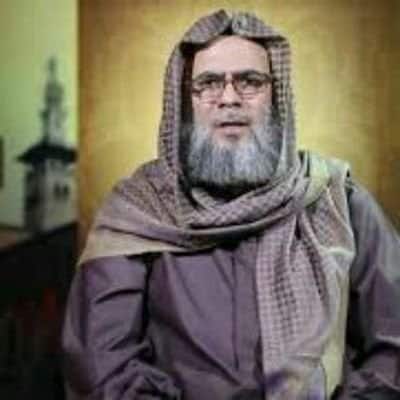
Sami al-Uraydi, a Jordanian national and senior leader within al-Qaeda’s official branch in Syria, has been designated.
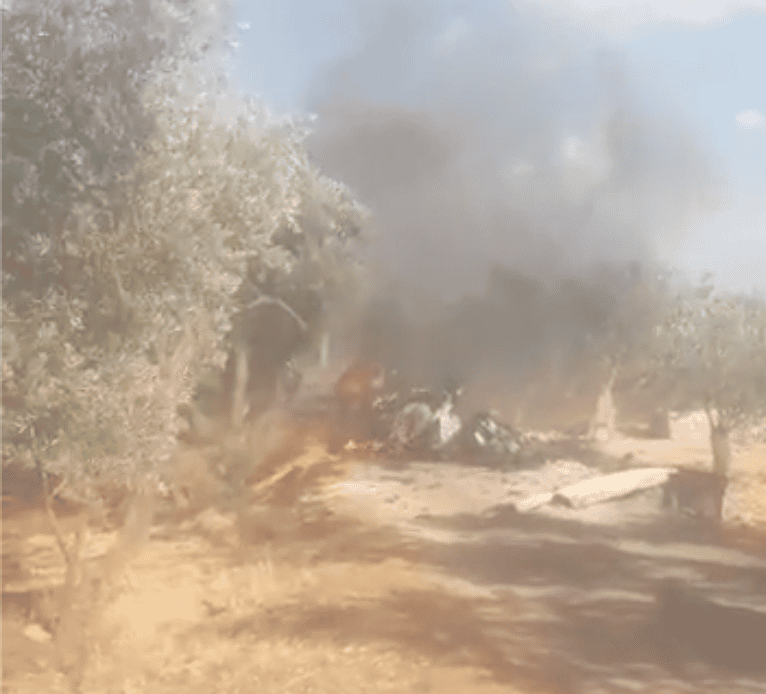
The U.S. military said it targeted a senior al Qaeda leader in Idlib province, Syria on Sept. 20, but has offered few details concerning the airstrike.

The U.S. Treasury Department announced today that two money men working for al Qaeda and Hay’at Tahrir al Sham (HTS) have been designated. The designations are part of a broader U.S. effort to sanction individuals and entities taking part in the Syrian war. Other extremists and parts of Bashar al-Assad’s regime were also designated and sanctioned as part of the campaign.

Jabhat Ansar al Din has confirmed that Abu Saloh al Uzbeki, the former leader of HTS’ Katibat al Tawhid wal Jihad, has indeed been arrested by his former group.

Abu Saloh, the founder and first emir of Katibat al Tawhid wal Jihad, was arrested by HTS yesterday after the jihadist reportedly failed to pay his debts.
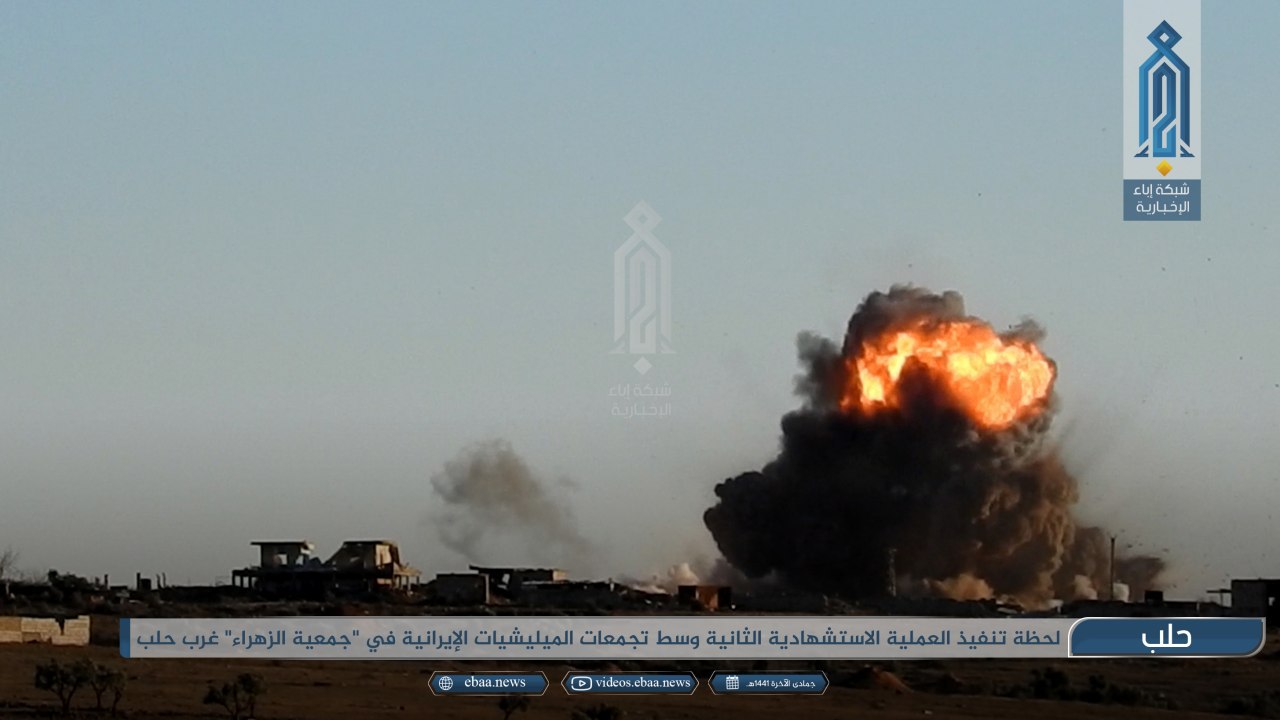
Since the beginning of the year, Hay’at Tahrir al Sham has utilized at least 12 suicide bombers in defense of Idlib from advancing regime forces.
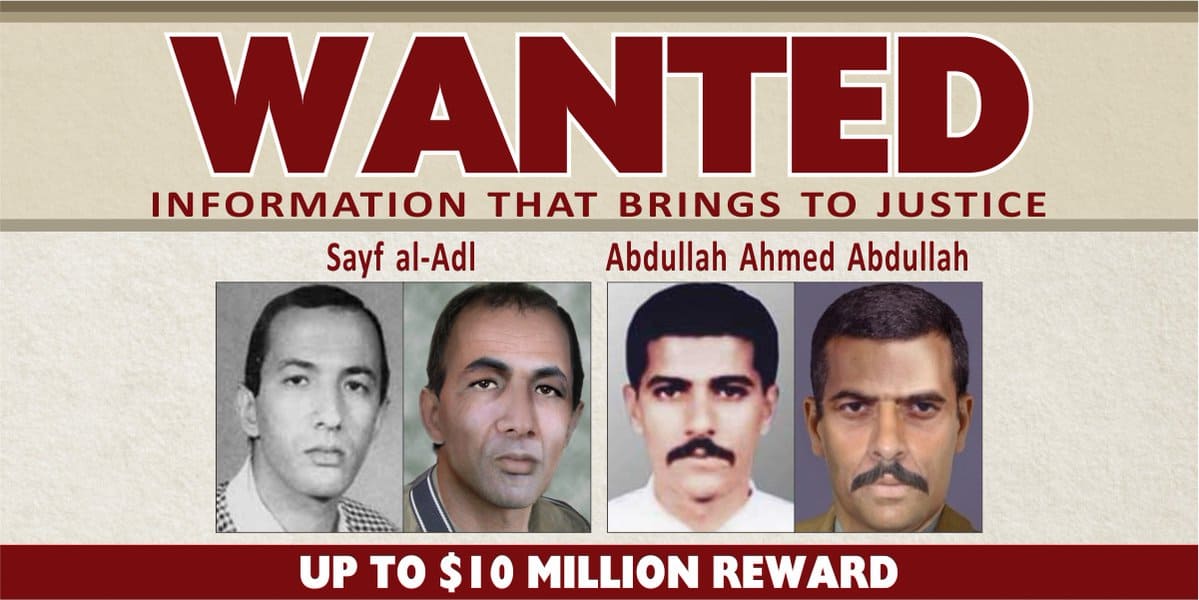
Al Qaeda Telegram channels have shared a statement attributed to Saif al-Adel. He writes that the jihadis modify their military program to take into account Turkey’s influence.
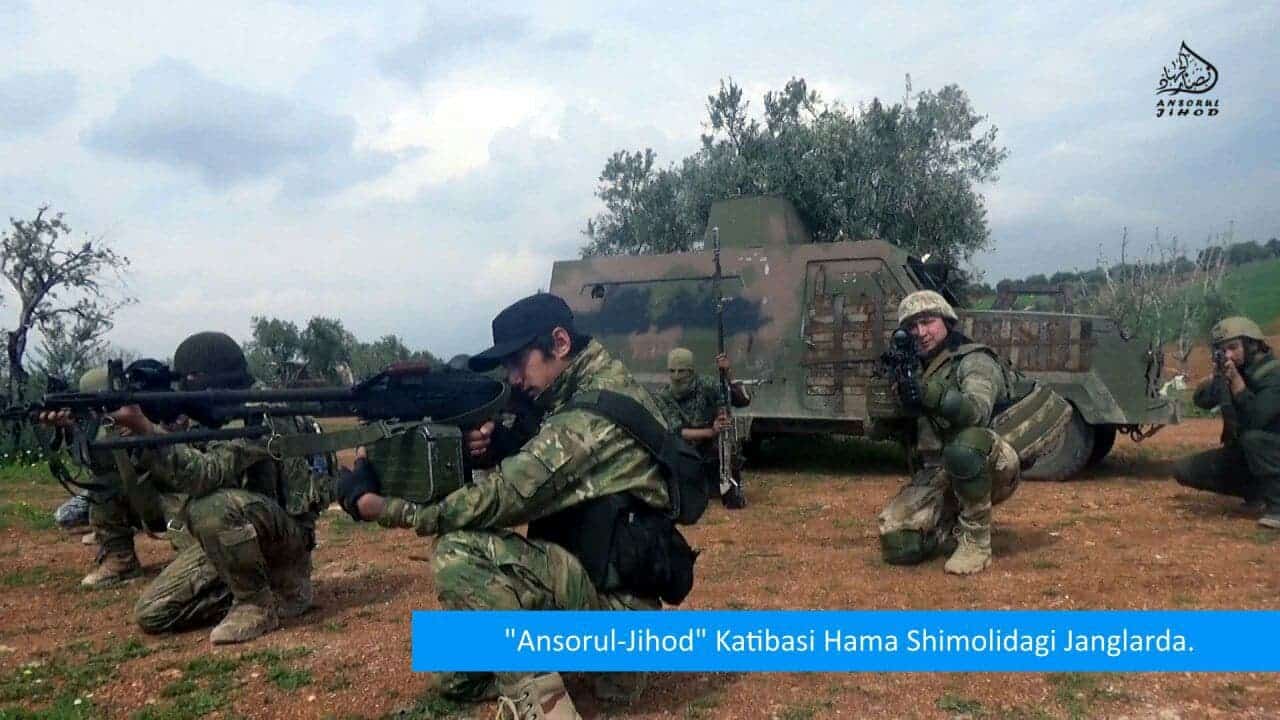
In the UNSC’s new report on the Islamic State, al Qaeda, and affiliated groups, the UN states that the Uzbek jihadist group, the Islamic Jihad Union, operates in Syria. This was not previously known.
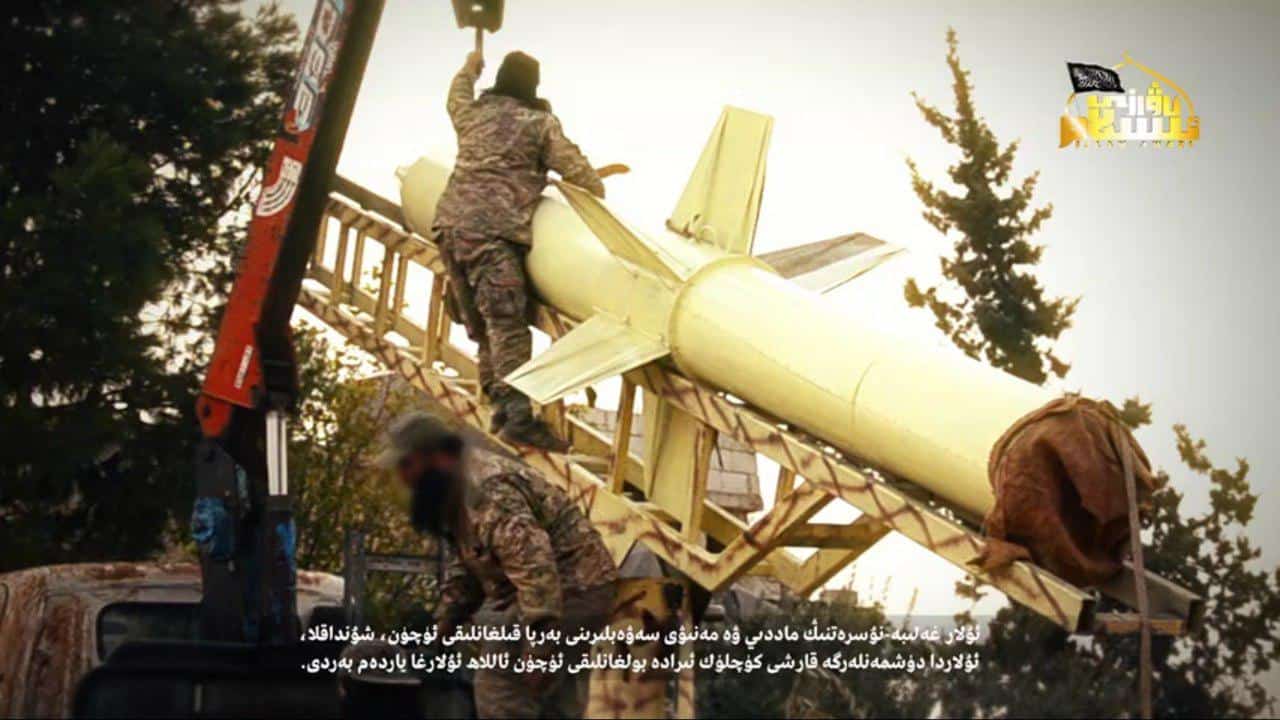
The Turkistan Islamic Party, “Incite the Believers” operations room and Hay’at Tahrir al-Sham are all battling Bashar al-Assad’s loyalists in Latakia, Syria.
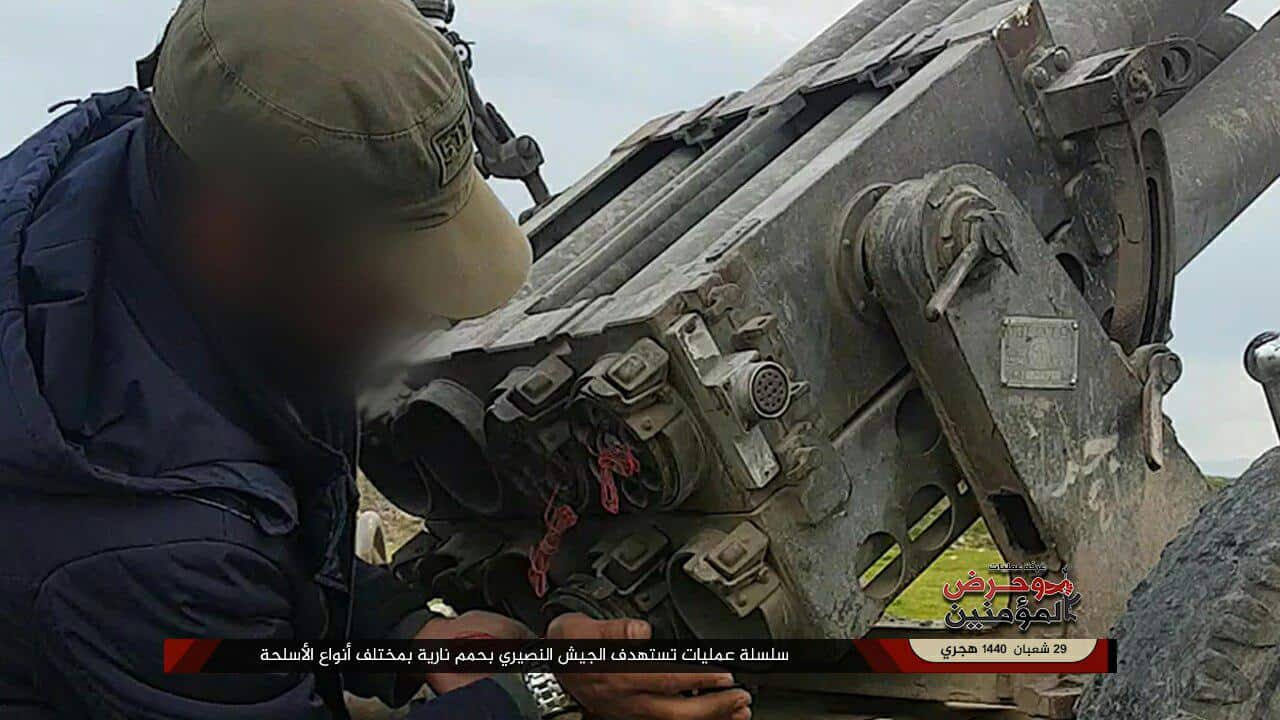
The Assad regime and Russia have stepped up their bombing campaign in northwestern Syria in recent weeks. The al Qaeda-linked “Incite the Believers” operations room has counterattacked with a series of operations.
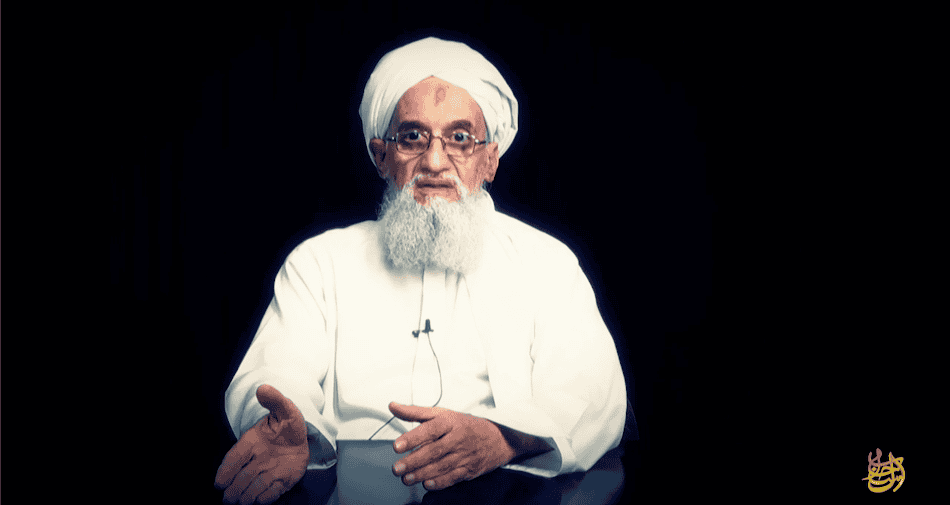
In a message released on Feb. 5, al Qaeda leader Ayman al-Zawahiri harshly criticizes the jihadists in Syria. He says they are engaged in a misguided “competition” for “imagined authority” over territory that is under the oversight “of secular Turkish checkpoints.”
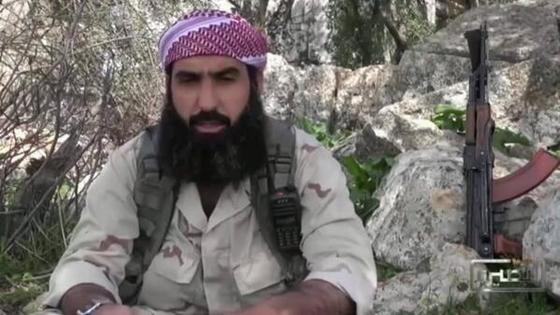
Abu Hammam al-Shami and Dr. Sami al-Uraydi have rejected a proposal that they say would create a new military council in northern Syria under the leadership of an Assad regime dissident. The proposal was allegedly put forth by Hay’at Tahrir al-Sham’s leaders, whom al-Shami and al-Uraydi have quarreled with in the past.
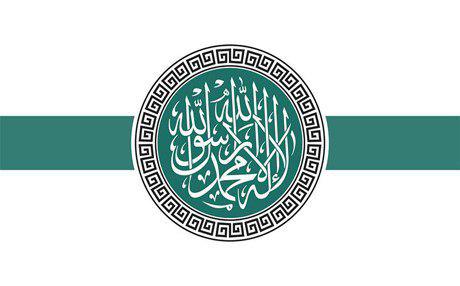
Hay’at Tahrir al-Sham (HTS), a US and UN-designated terrorist organization, has strengthened its grip on northwestern Syria in recent weeks. HTS has seized ground from rival insurgents.
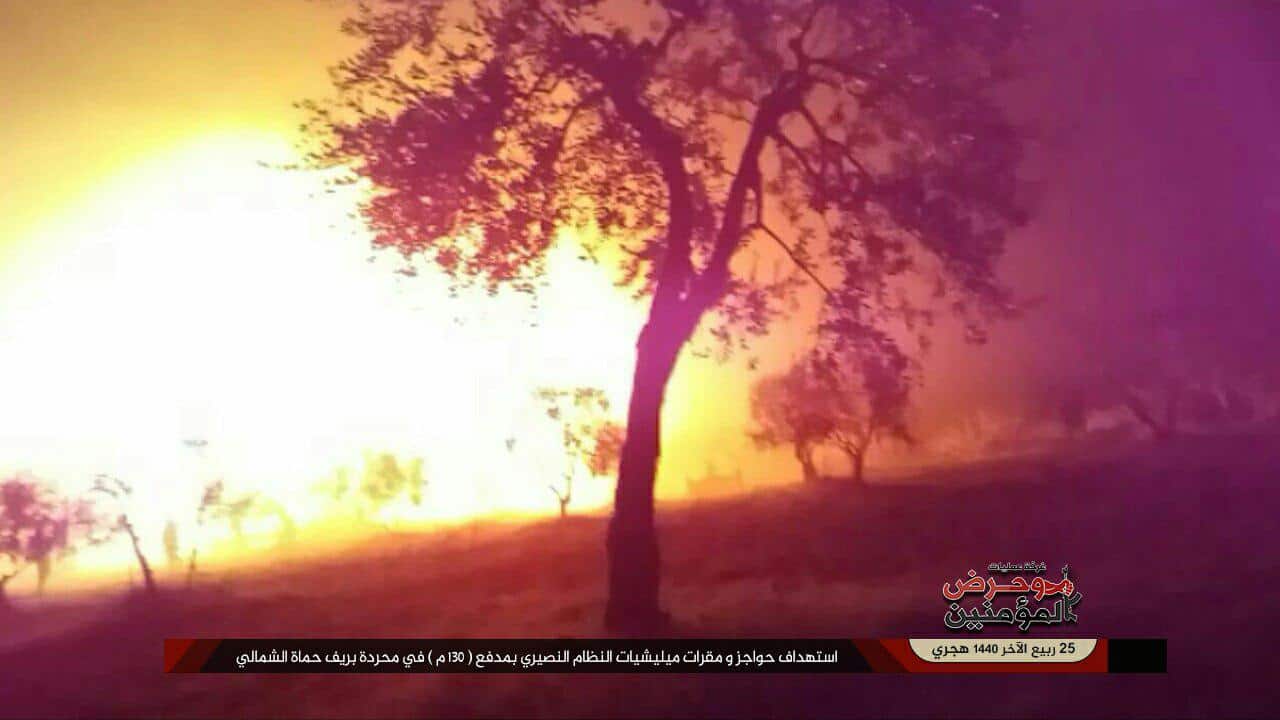
The “Incite the Believers” operations room has called for an independent sharia court to settle the disputes between rival insurgents in Syria. “Incite the Believers” was established by the “Guardians of Religion” organization, Ansar al-Din Front, and Ansar al-Islam late last year.
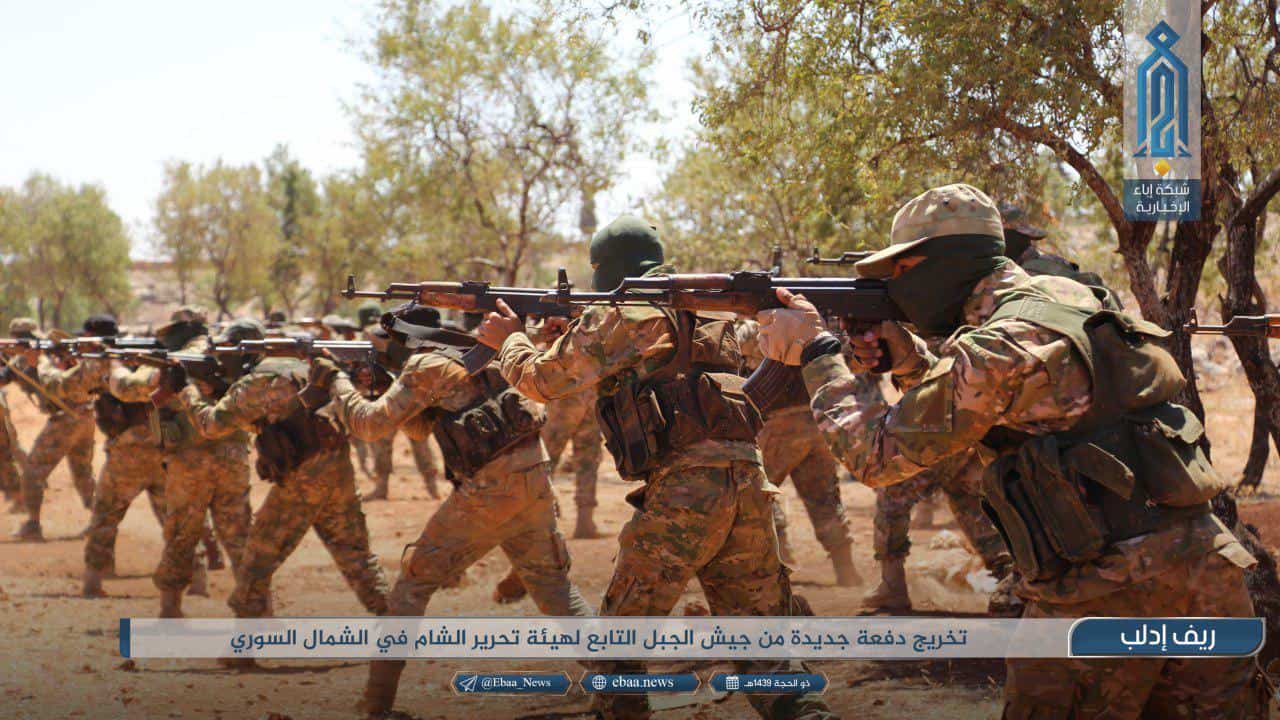
Hay’at Tahrir al Sham (HTS), the most powerful jihadist organization in Idlib province, has finally issued a statement addressing the agreement reached between Turkey and Russia last month. HTS vows to continue waging jihad, and warns that it doesn’t trust Russia’s “intentions,” but does not directly repudiate the Sochi accord.
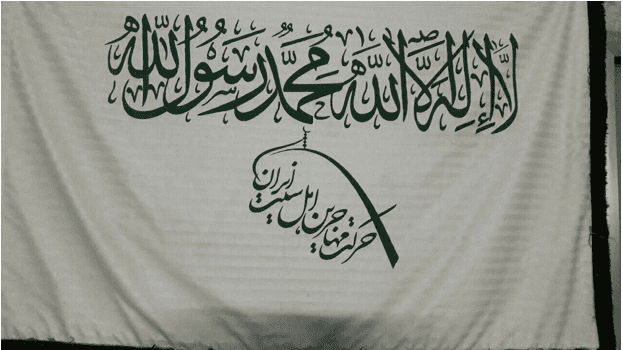
Lars Hauch conducted an online interview with a fighter who migrated from Iran to Syria and joined Harakat Muhajirin Ahl Sunnat Iran, an Iranian battalion in Hayat Tahrir al-Sham (HTS). HTS is a large Sunni jihadist group that is opposed to the Assad regime and its Iranian-backed allies.
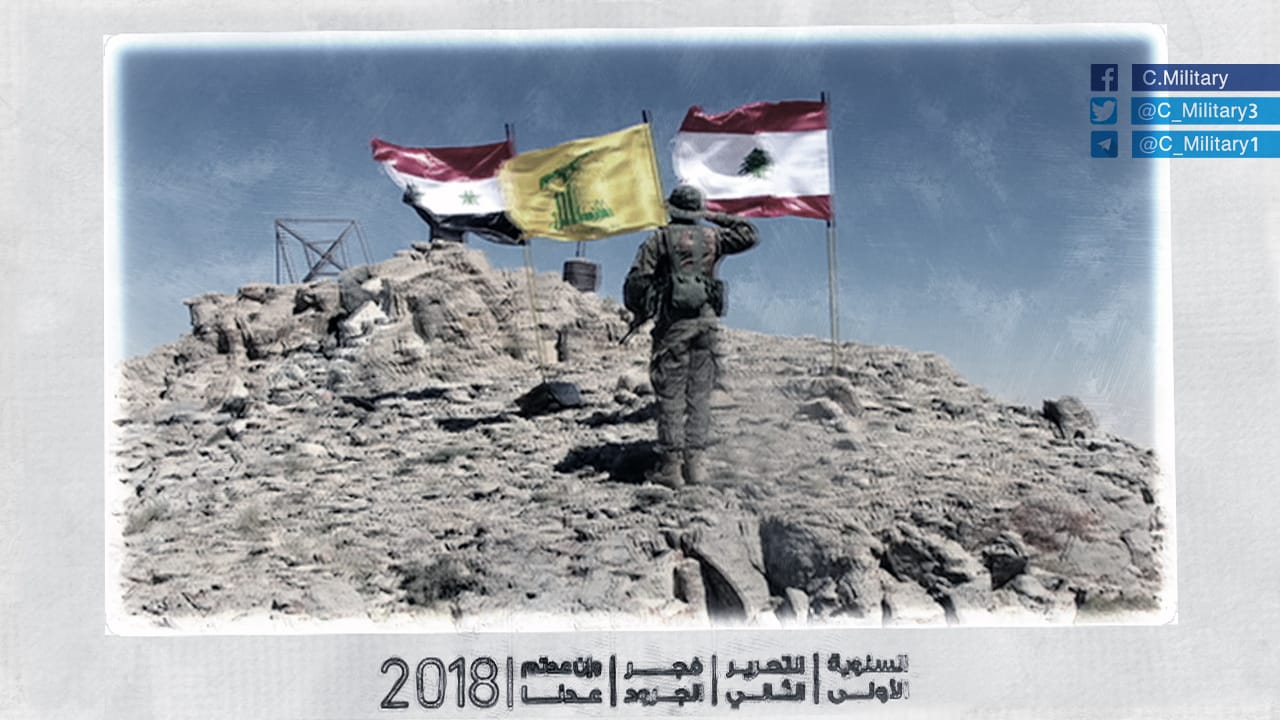
Despite official Lebanese claims to the contrary, the photos recently released by Hezbollah offer more evidence of how its forces coordinated with the Lebanese military in last year’s battle near Arsal.

A report by the United Nations includes new details concerning the dispute between Hay’at Tahrir al-Sham (HTS) and al Qaeda’s senior leaders, including the role played by two veteran operatives living in Iran. The UN’s member states say that HTS is still in “contact” with al Qaeda’s leadership despite their heated disagreements, and that al Qaeda has even reinforced HTS with “military and explosives experts” sent from Afghanistan.
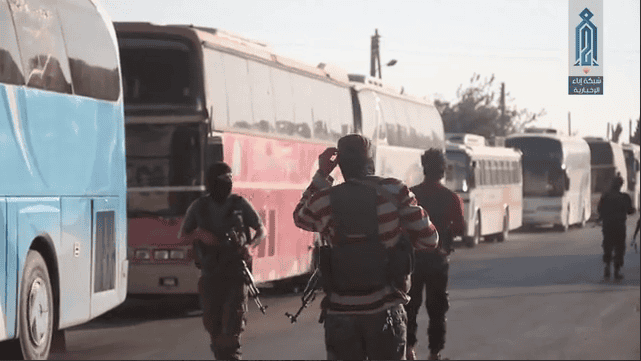
Hay’at Tahrir al-Sham (HTS) has cut a deal with Bashar al-Assad’s regime to exchange thousands of residents in Kefraya and al-Fouah, two predominately Shiite towns in the northern province of Idlib, for 1,500 prisoners held in Assad’s prisons.
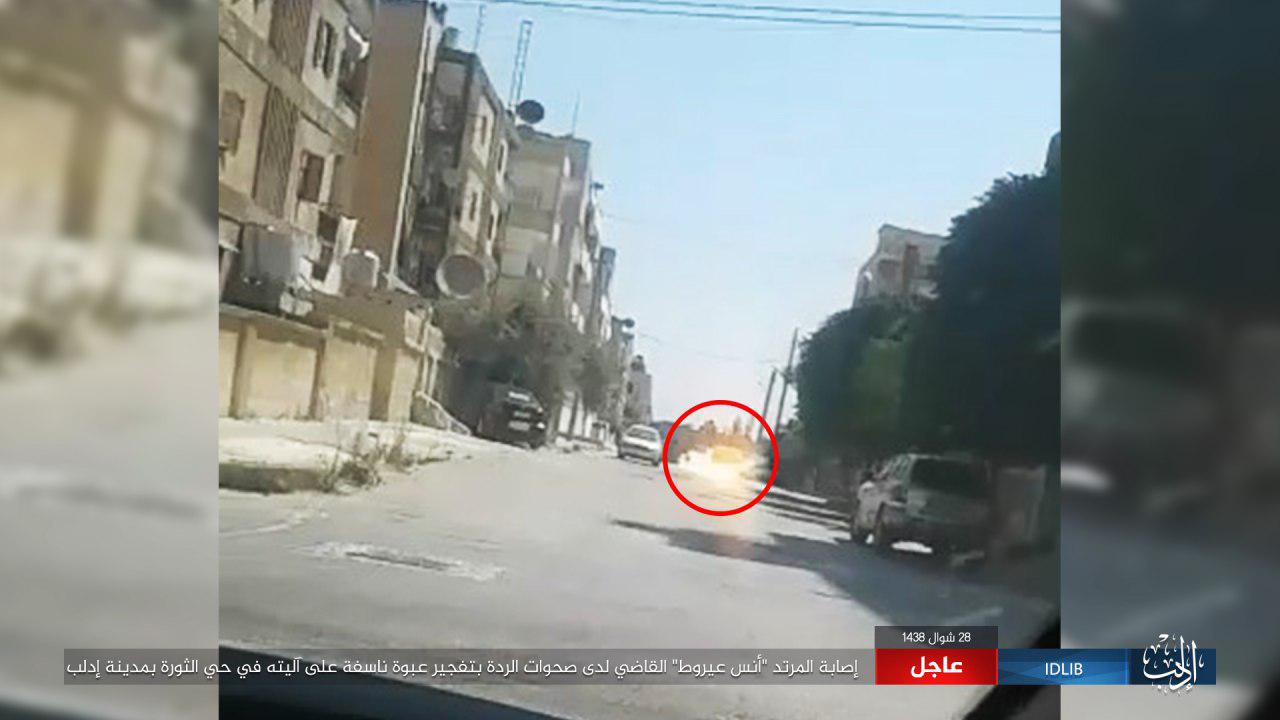
The Islamic State has targeted key jihadist and Islamist leaders in Idlib province in recent weeks. The so-called caliphate’s assassination campaign has focused on prominent figures in Hay’at Tahrir al-Sham (HTS), as well as other groups.
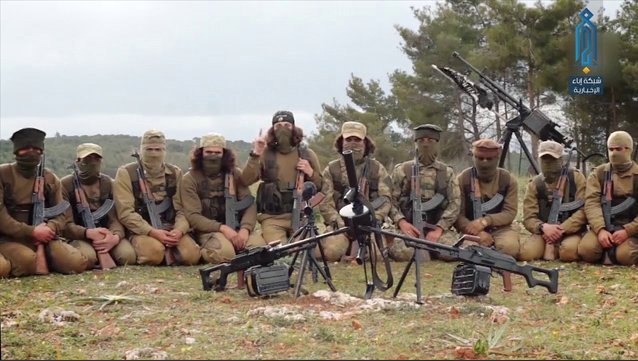
Hay’at Tahrir al Sham (HTS) and its jihadist rivals in the “Guardians of Religion” organization have called on all Muslims to resist the Assad regime’s new offensive in southern Syria. However, severe infighting has limited the jihadists’ ability to launch sustained operations against the Assad regime and its allies.

The State Department has amended the terrorist designation for Al Nusrah Front to include the “alias” Hay’at Tahrir al Sham (HTS). State’s announcement indicates that the US government still considers HTS to be part of al Qaeda’s network, despite the jihadists’ vitriolic disputes over its formation. State didn’t explain its reasoning behind the move.

The latest edition of al Qaeda’s Al-Nafir news bulletin addresses the jihadists’ infighting in Syria. Al Qaeda has been forced to comment on the disputes multiple times over the past year.
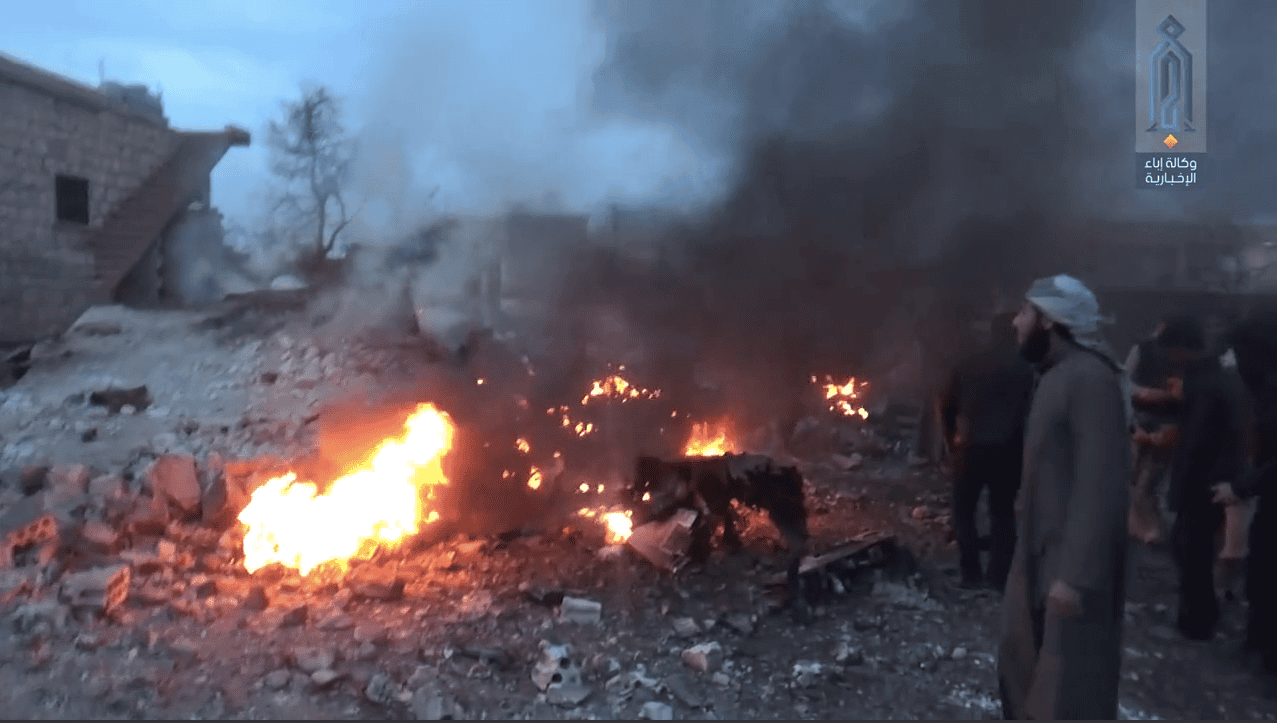
Hay’at Tahrir al Sham has released two videos and a short statement claiming that its men downed a Russian warplane. The Russian defense ministry confirmed that the jet was lost after it was struck by a “a portable anti-aircraft missile system.”

Al Qaeda’s general leadership and regional branches have released statements denouncing the US decision to recognize Jerusalem as Israel’s capital.
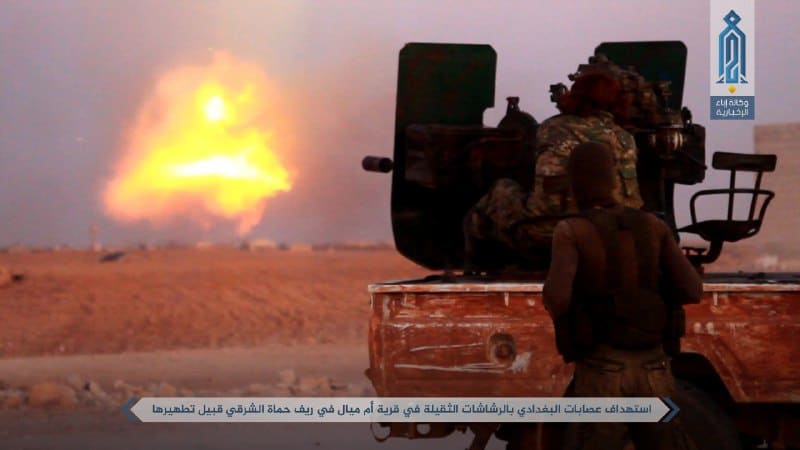
The battles between the jihadist forces come as both are also engaged in wider battles with the regime in Hama province.

The Islamic State claims to have captured several villages from its jihadist rivals in Hay’at Tahrir al Sham (HTS) in Hama province. The Islamic State’s assault on HTS came just days after HTS launched its own offensive against Assad regime positions in Hama.
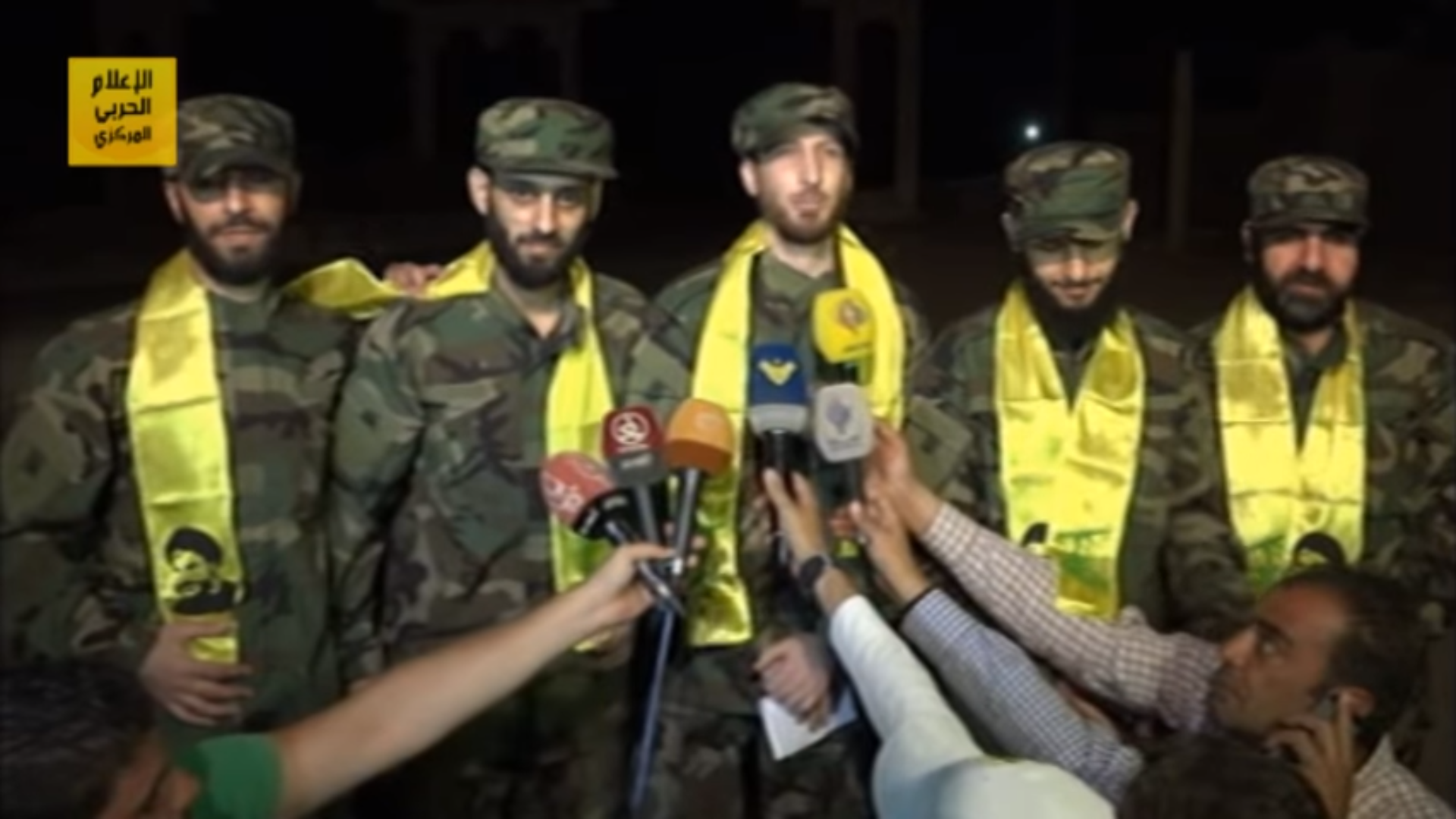
The Shiite jihadists were freed as part of a ceasefire deal with Sunni jihadists in the Lebanon-Syria border region.
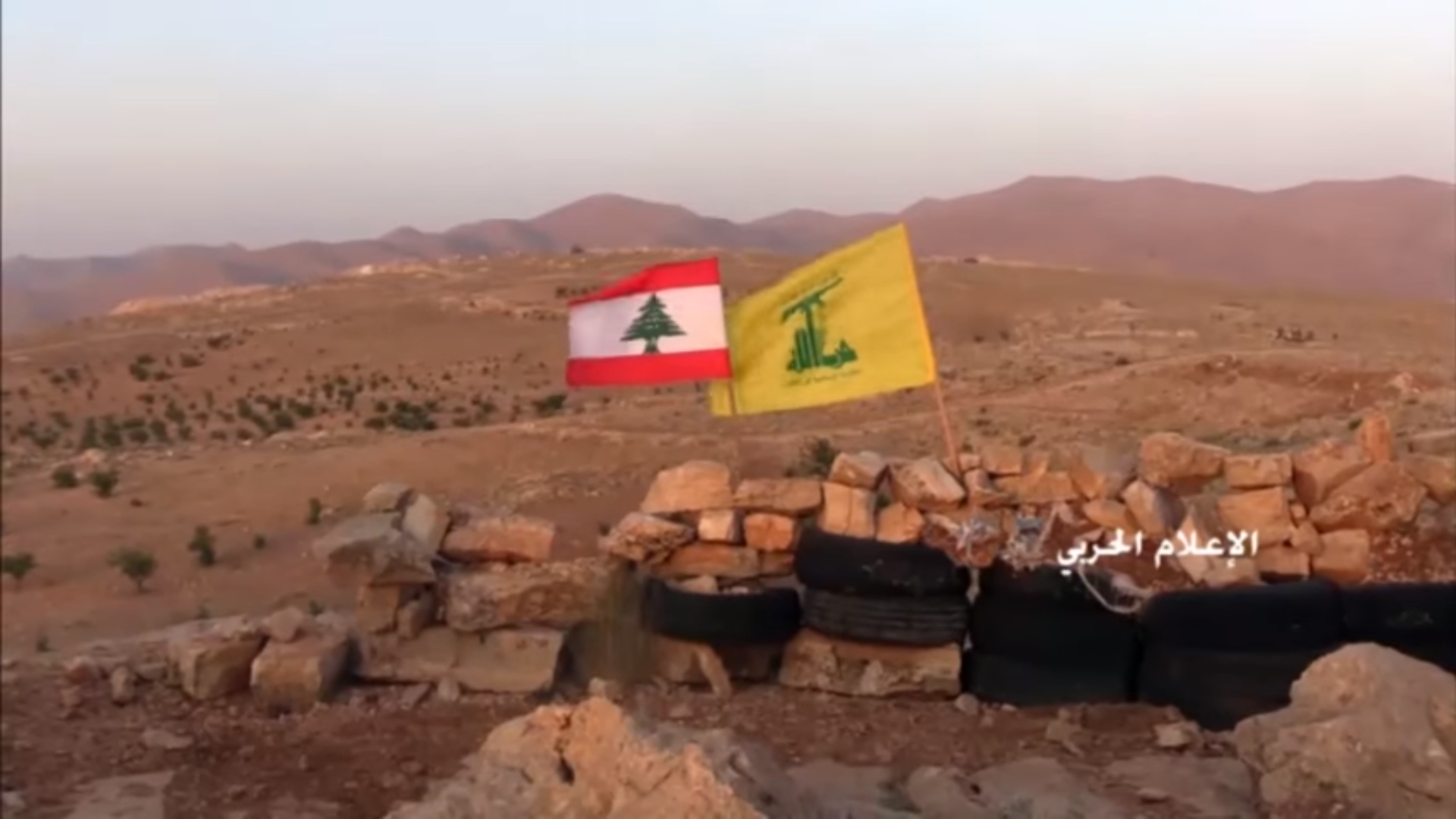
The ceasefire comes just one day after Hezbollah Secretary-General Hassan Nasrallah touted his forces imminent victory in the Jurud Arsal region of Lebanon.